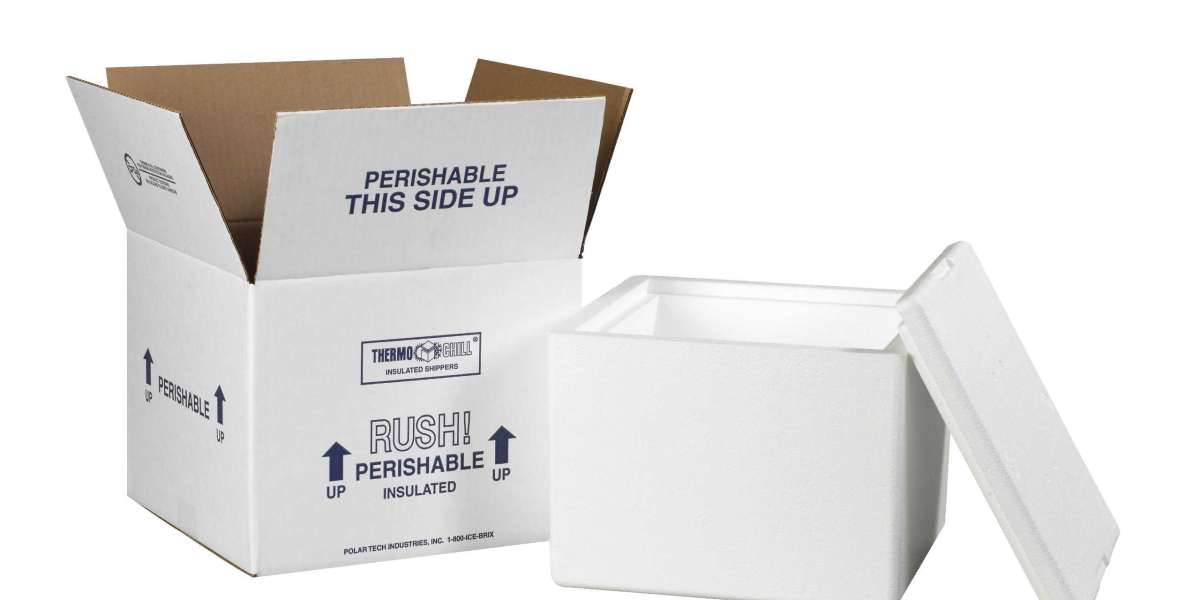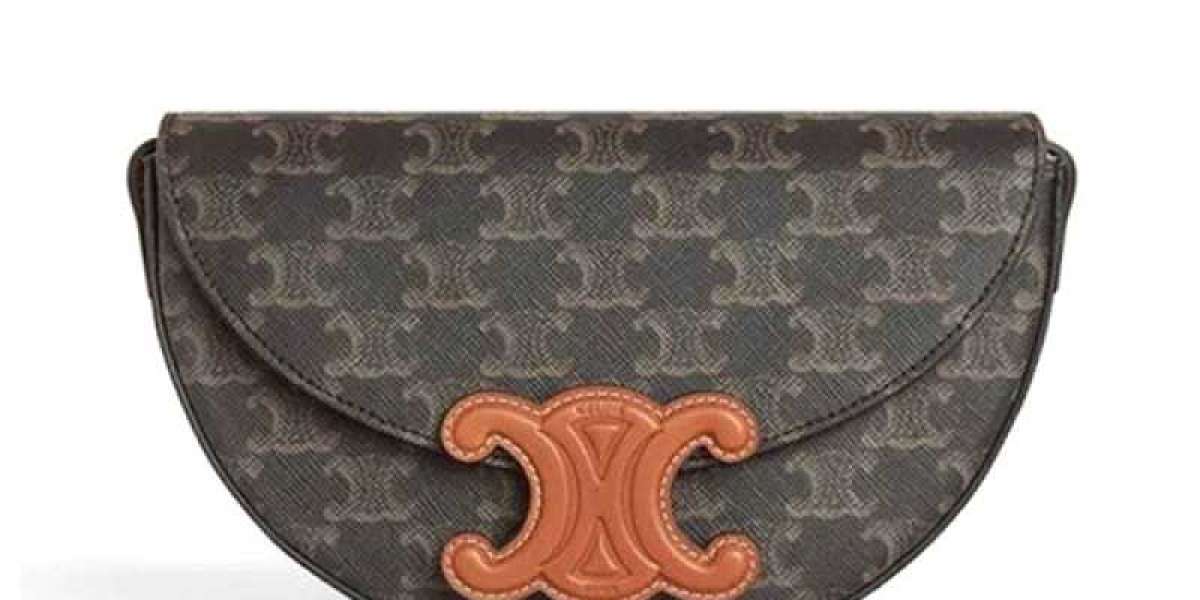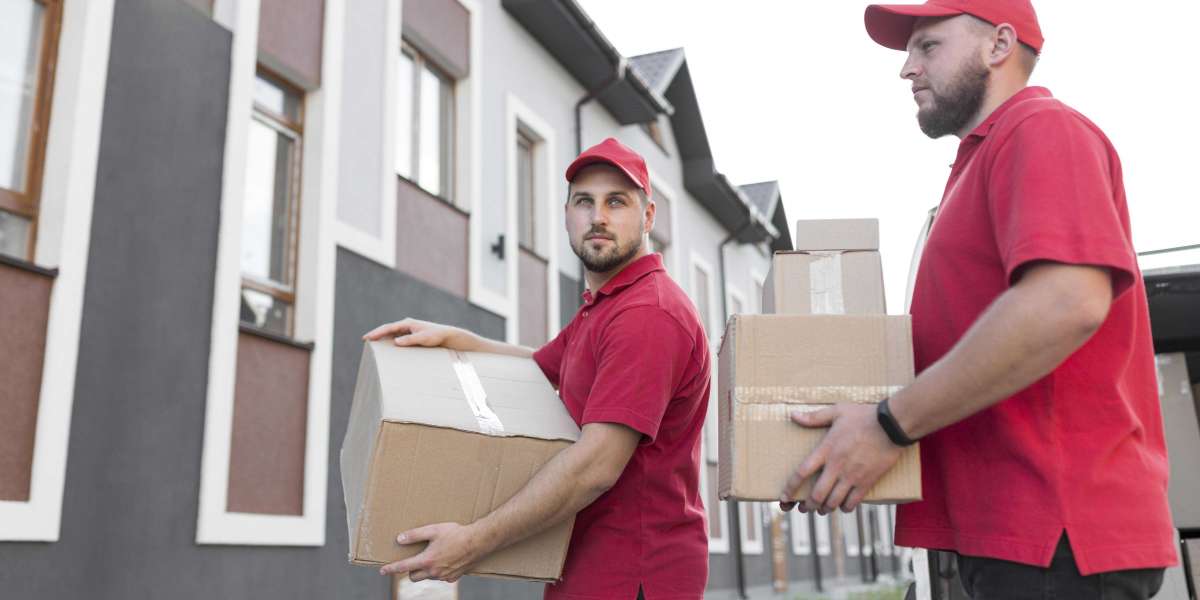When it comes to shipping temperature-sensitive goods, whether it’s food, pharmaceuticals, or even live animals, choosing the right insulated box can make all the difference. The right packaging keeps your products safe, stable, and in perfect condition during transit. But not all insulated boxes are created equal. Here are five essential features to look for when selecting the perfect insulated shipping box for your needs.
1. Strong Thermal Insulation
The primary purpose of an insulated shipping box is temperature control. A good one should be able to maintain the internal temperature for hours or even days, depending on your shipping needs. Look for boxes that use high-quality materials like expanded polystyrene (EPS), polyurethane, or vacuum-insulated panels. These materials help reduce heat transfer and maintain a stable temperature inside.
If you’re shipping frozen food or temperature-sensitive lab samples, insulation performance isn’t just a nice-to-have; it’s a must. A well-designed insulated box for shipping ensures that your goods remain at the correct temperature, even when exposed to external heat or cold during transport.
2. Durable Outer Material
Insulation alone won’t protect your items if the box can’t handle a bit of rough handling. Shipping often involves multiple loading and unloading stages, so your packaging must be tough enough to withstand stacking, movement, and varying weather conditions.
Opt for boxes made with rigid outer shells such as corrugated cardboard, plastic, or even composite materials. These provide impact resistance and prevent the contents from getting crushed or damaged.
Durable boxes also have an edge in cost-efficiency since they reduce the risk of returns and replacements due to damaged products.
3. Leak-Proof and Moisture-Resistant Design
Even the most well-insulated box can fail if it allows moisture inside. When condensation builds up or liquids leak, it can compromise insulation and ruin sensitive products. That’s why a leak-proof design is non-negotiable.
Many high-quality insulated boxes feature moisture-resistant coatings or liners that prevent leaks and keep contents dry. If you’re transporting items like seafood, vaccines, or fresh produce, make sure the box has tight seals and moisture barriers. An extra layer of waterproof lining or absorbent pads inside the packaging can also provide added protection against accidental spills.
4. Size and Customization Options
Shipping efficiency isn’t just about keeping items safe; it’s also about optimizing space. Boxes that are too large waste valuable space and increase shipping costs, while boxes that are too small risk damaging your goods.
When choosing an insulated box, consider manufacturers that offer various sizes or customization options. Some even provide modular inserts to keep multiple items secure within one package. Custom-fit boxes ensure less movement during transit, improving protection and thermal consistency. For example, pharmaceutical companies often need precisely measured boxes for vials or syringes, while food suppliers might require larger, sectioned boxes to separate different items.
5. Ventilation and Compatibility with Other Packaging
While insulation is essential for maintaining temperature, certain items like reptiles, live insects, or plants require airflow as well. That’s where ventilation becomes an important factor.
Some insulated boxes are designed to allow minimal air exchange without compromising temperature stability. These are perfect for use alongside breathable reptile bags, which provide oxygen flow and comfort during shipment. When both the box and the interior packaging work together, you achieve the perfect balance between insulation and ventilation. Additionally, ensure your insulated box is compatible with gel packs, ice packs, or dry ice if your shipment requires additional cooling. Compatibility ensures everything fits snugly and performs effectively throughout the journey.
Bonus Tip: Eco-Friendly Options
With sustainability becoming a major focus in logistics, eco-friendly insulated boxes are gaining popularity. Recyclable and biodegradable materials are now being used to create efficient insulation without harming the environment.
If you’re conscious about reducing your environmental footprint, look for suppliers that offer reusable insulated shipping boxes or those made from recycled materials. Not only does this help the planet, but it also enhances your brand’s image as an environmentally responsible business.
Final Thought
Choosing the right insulated shipping box isn’t just about picking the first one that looks sturdy. It’s about understanding your product’s specific needs and finding packaging that balances protection, performance, and practicality. From strong insulation and durability to moisture control and ventilation, every feature plays a role in ensuring your goods reach their destination safely and in perfect condition.
For anyone looking to streamline their shipping process and ensure product safety from start to finish, Redline Shipping offers reliable solutions that make temperature-controlled transport hassle-free and efficient.








